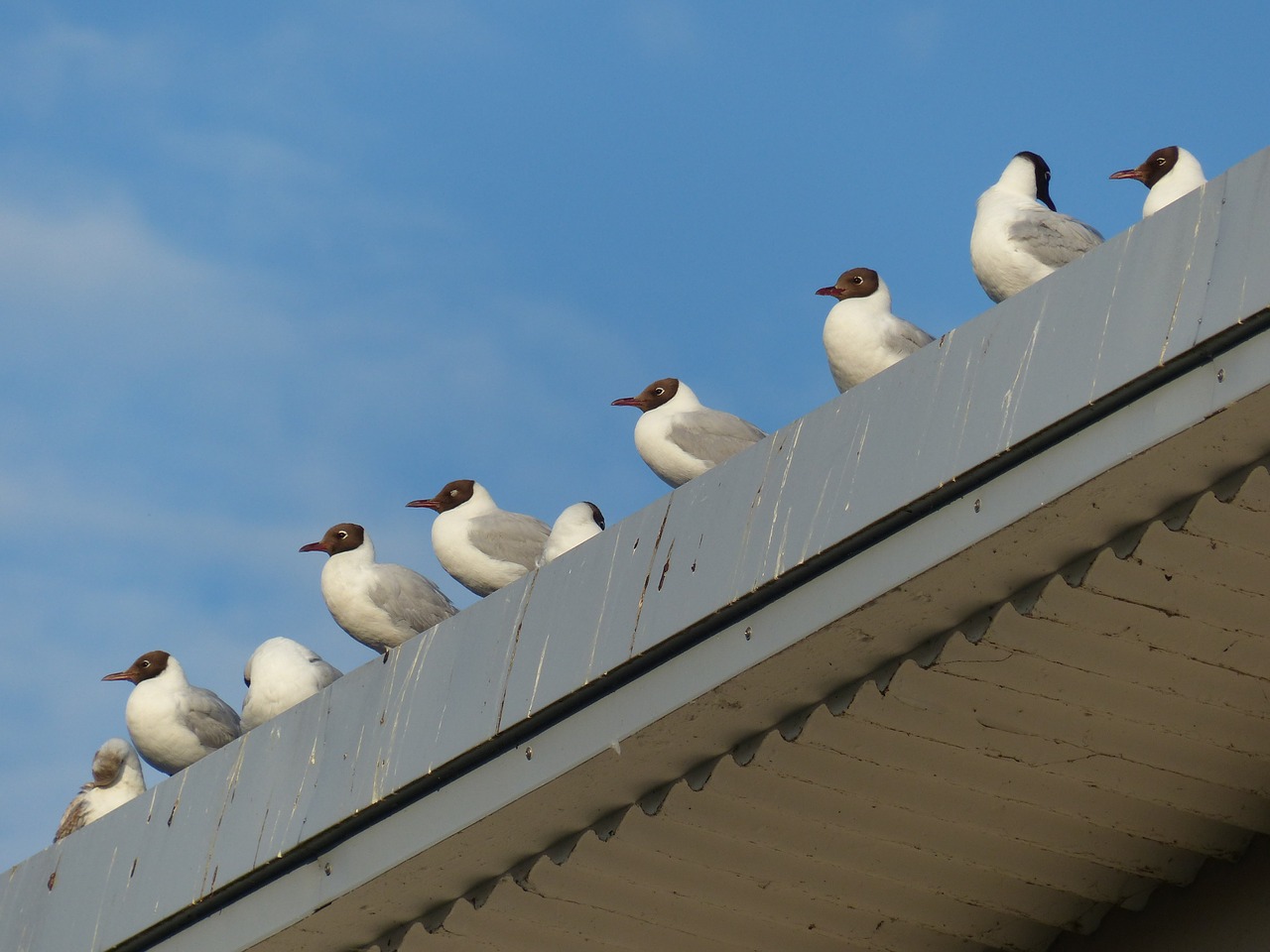Predation and disturbance of Black-headed Gull Larus ridibundus colonies
DOI:
https://doi.org/10.34080/os.v6.22998Keywords:
predator-prey interaction, interspecific interaction, population studiesAbstract
The frequency of disturbance and predation was studied during one breeding season at six Black-headed Gull Larus ridibundus colonies and during two breeding seasons at four colonies. The level of disturbance, i.e. when at least part of the gulls were put on the wing, varied from just above once an hour to nearly ten times an hour. Marsh Harriers Circus aeruginosus elicited the strongest response with respect to number of gulls leaving the nest (mean 57% of colony) while mink Mustela vison caused the longest disturbances (mean 4.6 min). Among the frequently occurring potential predators of Black-headed Gull eggs and chicks, large gulls (L. argentatus, L. marinus) normally caused disturbance much less often than once an hour and Hooded Crows Corvus corone cornix less often than once an hour (except at one locality in 1992 when a breeding pair entered a colony as often as 5.5 times an hour). Marsh Harriers were lacking at three, caused disturbance c. 0.1-1.2 times per hour at eight, and up to three times an hour at three colonies. On average 3% of predation attempts by large gulls were successful versus 14% for both crows and Marsh Harriers (neither the frequency of visits nor predation by mink could be estimated because of difficulties in observing this species). A crude estimate of the number of gull eggs and chicks taken by the three avian predators showed that large gulls had a negligible impact in all colonies, crows normally took less than 10% of eggs laid (33% in one colony) and Marsh Harriers mostly 0-10%. Even though predation by crows and/or Marsh Harriers can be considerable, it is concluded that increased avian predation cannot explain the decrease in Black-headed Gull numbers in Sweden; the mink's role remains to be evaluated.
Downloads

Downloads
Published
How to Cite
Issue
Section
License
The copyright of each contribution belongs to the author(s), but all contributions are published under a Creative Commons license, so that anyone is free to share and reuse the contribution as long as the copyright holder is attributed.







